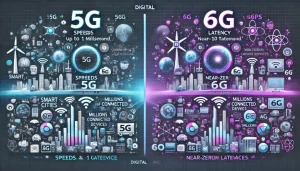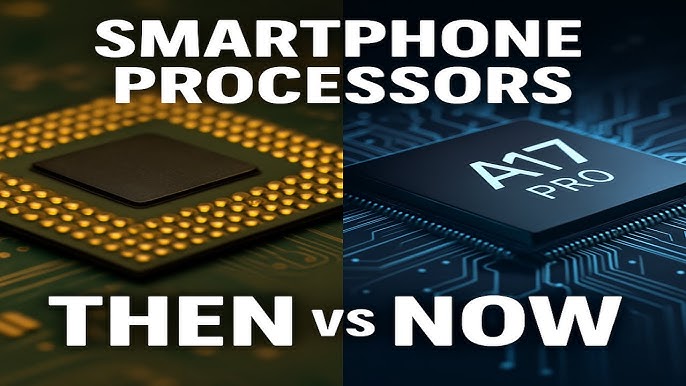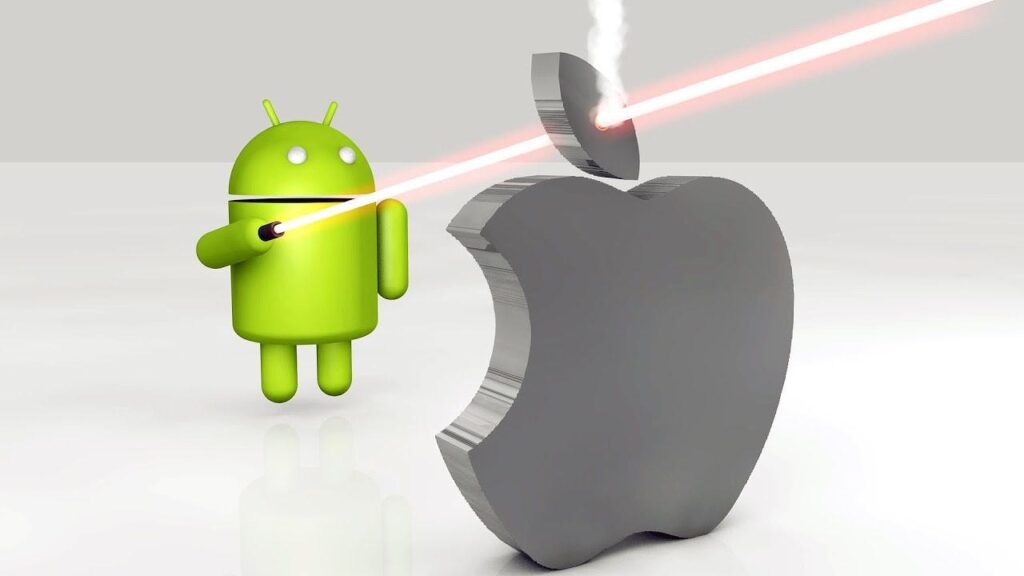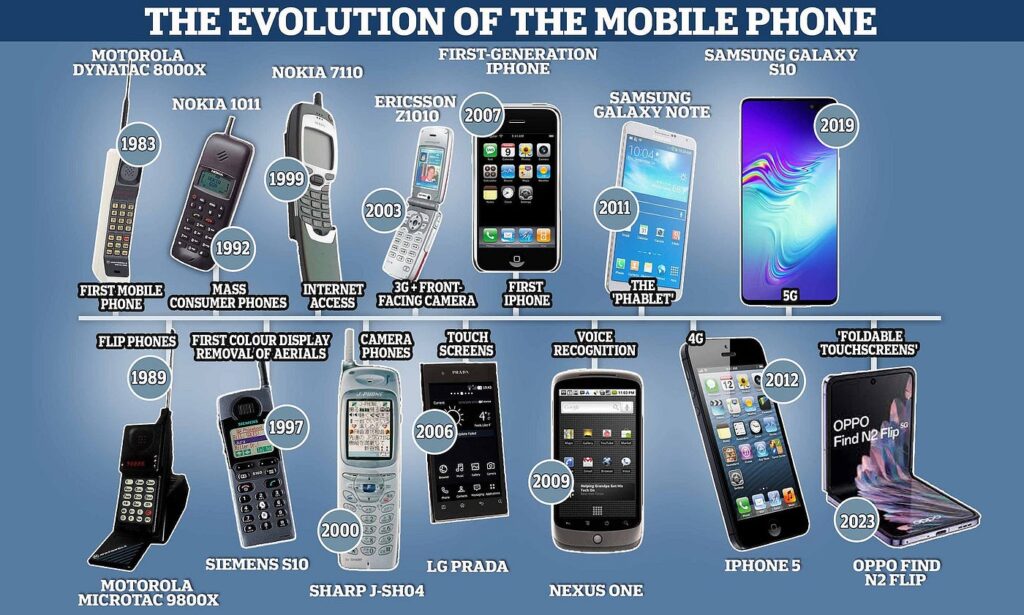The world of mobile internet is evolving at lightning speed. 5G networks are still being rolled out across many countries, yet research and development for 6G technology is already underway. By the end of this decade, 6G promises to bring unimaginable speed, ultra-low latency, and futuristic applications that could redefine how we live, work, and connect.
In this in-depth guide, we’ll compare 5G vs 6G, explore their differences, benefits, challenges, and what the future of mobile internet means for everyday users and businesses.

What is 5G?
5G stands for the fifth generation of mobile networks. It was designed to improve internet speeds, reduce latency, and support massive connectivity for devices like smartphones, IoT gadgets, smart cities, and autonomous vehicles.
Key Features of 5G
-
Speeds: Up to 10 Gbps, about 100x faster than 4G LTE.
-
Latency: As low as 1 millisecond, enabling near real-time communication.
-
Capacity: Can connect 1 million devices per square kilometer.
-
Use Cases: Streaming in 4K/8K, online gaming, self-driving cars, smart homes, telemedicine.
What is 6G?
6G is the sixth generation of mobile networks, expected to launch commercially by 2030. While 5G is focused on speed and connectivity, 6G aims to integrate AI, holograms, immersive XR (Extended Reality), and real-time global connectivity.
Predicted Features of 6G
-
Speeds: Up to 1 Tbps (terabit per second), around 100x faster than 5G.
-
Latency: Close to 0.1 milliseconds for instant communication.
-
Frequency: Operates in terahertz (THz) spectrum for higher data capacity.
-
AI Integration: Networks powered by artificial intelligence for optimization and security.
-
Use Cases: Holographic calls, brain-computer interfaces, smart factories, space-based internet.
5G vs 6G: Key Differences
| Feature | 5G (Current) | 6G (Future) |
|---|---|---|
| Speed | Up to 10 Gbps | Up to 1 Tbps |
| Latency | ~1 ms | ~0.1 ms |
| Frequency | mmWave, sub-6 GHz | Terahertz spectrum |
| Use Cases | IoT, gaming, AR/VR, smart cities | Holograms, XR, brain-computer interfaces |
| AI Integration | Limited | Deep AI-driven networks |
| Launch Timeline | 2019–2025 | 2030 and beyond |
Real-Life Applications of 5G
While 6G is still a future vision, 5G is already transforming industries today:
-
Healthcare: Remote surgeries using robotic arms with real-time precision.
-
Autonomous Cars: Vehicle-to-vehicle (V2V) communication for safer roads.
-
Entertainment: High-speed cloud gaming and 8K video streaming.
-
IoT: Billions of smart devices connected seamlessly.
-
Business: Faster cloud computing and secure remote work.
Potential Applications of 6G
Experts predict 6G will power technologies we only see in sci-fi movies today.
-
Holographic Communication
Imagine attending a meeting where life-size holograms of your colleagues appear in your living room. -
Brain-Computer Interfaces
Direct communication between the human brain and machines for healthcare, gaming, and learning. -
Extended Reality (XR)
Fully immersive AR, VR, and MR experiences that blend the physical and digital worlds. -
Smart Cities 2.0
Real-time traffic management, environmental monitoring, and energy optimization at a global scale. -
Space-Based Internet
6G satellites could provide global internet coverage, even in the most remote locations.
Challenges of 5G
Even though 5G is powerful, it comes with obstacles:
-
Infrastructure Costs: Requires new towers and antennas.
-
Limited Coverage: Still not available in rural and developing areas.
-
Battery Drain: Devices consume more power.
-
Health & Safety Concerns: Misconceptions about radiation risks.
Challenges of 6G
Since 6G is still in development, it faces even bigger challenges:
-
Technology Gaps: Terahertz frequencies require advanced hardware.
-
Cost: Massive investment needed for global rollout.
-
Energy Consumption: Extremely high data transfer may demand more power.
-
Privacy Risks: AI-driven networks could raise ethical questions.
5G vs 6G: Which One Matters Now?
-
For Today: 5G is the best option for faster mobile internet, streaming, gaming, and IoT.
-
For the Future: 6G will revolutionize industries with AI-powered, ultra-fast, immersive technologies.
The Future of Mobile Internet
By 2030, we’ll likely see:
-
5G fully deployed worldwide, powering billions of IoT devices.
-
6G emerging in advanced economies with pilot projects.
-
AI-driven mobile networks that self-optimize for performance and security.
-
Global coverage through satellites and space-based networks.
Final Verdict: 5G vs 6G
-
5G is here now, transforming industries and enabling a connected world.
-
6G is the future, promising to merge human intelligence with artificial intelligence through groundbreaking communication technologies.
If 5G is the engine of the present digital revolution, then 6G will be the fuel for the next era of human innovation.


